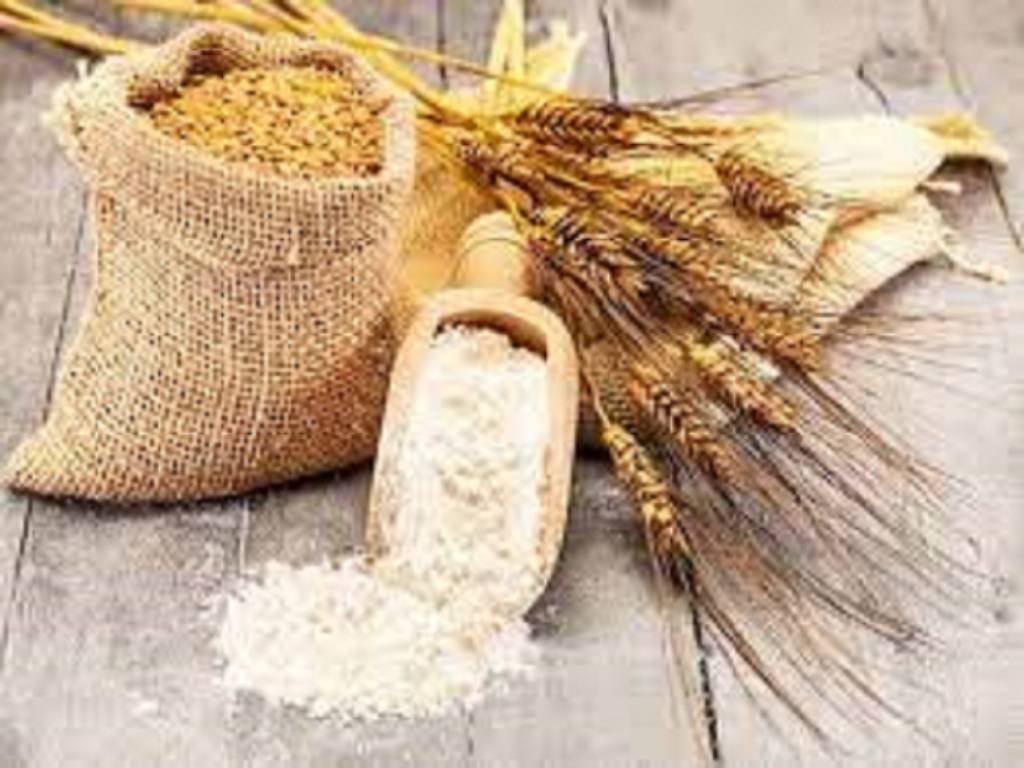
Increased wheat production might persuade India, the second-largest producer of grain in the world, to reconsider easing a May export ban on the main grain, brushing aside concerns about chronically high retail inflation. Farmers are growing wheat on fallow land in the west, where farmers have historically grown pulse and oilseeds, despite the fact that the wheat area has practically plateaued in the traditional grain belts of Punjab, Haryana, and Uttar Pradesh.
High domestic pricing and restored soil moisture are projected to help farmers surpass last year's planting in 2023, but an extreme heat wave this year may reduce production.
Farmers are even growing crops on land that has historically been used for the production of pulses and oilseeds.
Union Agriculture Minister, Narendra Singh Tomar recently said that a good rabi harvest is expected this year.
The area covered by rabi sowing is anticipated to increase in the coming days, according to Agriculture Minister Narendra Singh Tomar, and a bumper yield can be anticipated this year.
The price of domestic wheat has increased by 33% so far in 2022 to a record Rs 29,000 ($355.19) per tonne, which is significantly higher than the government-set procurement price of Rs 21,250.
Despite the ban on exports, wheat prices are on the rise, suggesting a much larger decline in this year's output.
While exports increased to make up for the global shortfall brought on by Russia's invasion of Ukraine; India, the second-largest consumer of wheat in the world, barred the export of the grain after a rapid, abrupt rise in temperatures cut production.
India only produces one crop of wheat each year, which is harvested starting in March after being planted in October and November.
According to preliminary data issued by the Ministry of Agriculture & Farmers' Welfare, farmers have planted wheat on 15.3 million hectares since the start of the current sowing season on October 1. This is an increase of about 11% from the previous year.
If reports are to be believed, many farmers in Punjab and Haryana chose to plant earlier than usual because they thought the early-sown types would be ready for harvest before the temperatures typically rise in late March and early April.
Notably, the wheat crop withers under hotter weather.
Reportedly, 2.9 to 3.0 million hectares of the typical 3.5 million hectares of wheat in Punjab have already been planted by the cultivators.
Farmers are also choosing superior wheat types like Lokwan and Sharbati, the premium grades that yield higher returns, to profit from higher pricing.
















